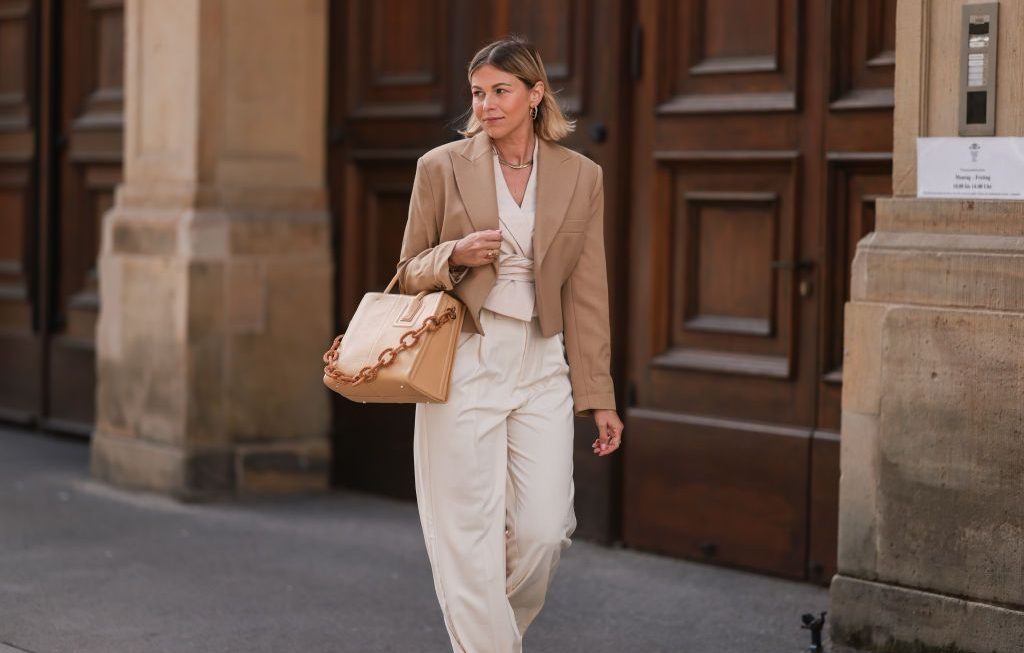Getting married is something many people look forward to. The simple idea of spending the rest of your life with someone who loves you wholeheartedly and unreservedly is fascinating. For this sole reason, many people earnestly look forward to the day that it all begins, the wedding day. The wedding day for many people is probably the most special day of their lives, and it many times will determine the trajectory that their lives will take from that point onwards.
One of the perks of the wedding day is that it presents an opportunity for others to share in the joy of the couple getting married and wishes them a happy life. An excellent way to show that you love a couple getting married is to give them gifts to express affection. And what better way than to provide a fantastic artwork that’ll be etched in their memories forever.
In this article, we will give examples of paintings or artworks you can give to newly wedded couples that will be one of their favorite paintings for life. Since the couple you’ll be gifting are art lovers and will appreciate quality art, it would be nice to go for a significant and quality piece. It would be good to note that if you were marrying someone like me, I would love it if you could paint my photograph. As a person going to get married, you could also love it if they paint your life portraits. Let’s get in.
Wedding At Cana By Paolo Vero
Veronese’s Wedding Feast at Cana incorporates elements of multiple genres, applying Titian’s Venetian colorito philosophy to the High Renaissance composition exhibited by Leonardo, Raphael, and Michelangelo. In addition, he threw in a few Mannerism qualities and a slew of figurative and symbolic elements.
The painting’s content also includes a complicated combination of sacred and obscene, religious and secular, theatrical and everyday, European and Oriental elements. The feast is set in a courtyard flanked by Doric and Corinthian columns and surrounded by a low balustrade, spectacularly depicting contemporary Venetian society.
An arcaded tower constructed by Andrea Palladio, a Padua native, may be seen off in the distance. A group of musicians playing lutes and other stringed instruments may be seen in the foreground which can be part of their “precious paintings for life” collection later.
This painting would be an excellent painting to give a new couple because of the significance of what Jesus did at the end of the Wedding of Cana. In addition, it might signify that the marriage will be abundant.
The Jewish Bride By Rembrandt
This is one of Rembrandt’s classic Baroque portraits executed in his final years. It is famously known as one of the greatest portrait paintings of the artist’s final phase, and it displays the artist’s genius for capturing human emotion on canvas. So when a Dutch art dealer portrayed the picture as a Jewish father giving a necklace to his daughter on her special day in the early 1800s, the painting got its current moniker.
The Jewish Bride, like the earlier Night Watch (1642), is another misnamed masterwork that would be insensitive to rename. The painting is more of a beautiful, exotic depiction of a cultural ceremony that was outside the reality of a primarily Christian culture than a genuine depiction of a Jewish couple getting married from the Bible.
Whether Rembrandt intended it to be a plain piece of Biblical art or not, there’s no denying that he was portraying an intimate bond between his two figures. These lovers are portrayed according to the new ideals of Protestant Reformation Art, in which the man keeps his hand on the woman’s bosom, and she moves to cover her modesty (c.1520-1700). Although both show compassion for each other, it’s far from a usual seduction scene.
The Peasant Wedding By Pieter Bruegel, The Elder
The piece exhibits the artist’s late style, using massive Italianate figures. It is one of the finest genre paintings of the Northern Renaissance and the most famous of all Flemish representations of peasant life. Although research shows that he was an active member of humanist intelligentsia groups in Antwerp, which was an important center for Northern Renaissance painters in Flanders, his moniker ‘Peasant’ Bruegel arose from these types of paintings.
In the springtime, a wedding banquet is depicted in a barn. The decor is a spoof of a wealthy landowner’s mansion. An old blanket hangs from the wall behind the bride in place of a masterfully woven tapestry. The wooden tables and chairs are rough-hewn, and a banqueting tray was made from an old door removed from its hinges. Bread, oatmeal, and soup appear to be the significant items available.
Two corn ears on the wall, together with a rake, serve as stark reminders of the peasant’s daily labor. Two pipers play on the left, and the most distinguished-looking guest sits in an upturned tub on the right.
The Arnolfini Portrait By Jan Van Eyck
The Arnolfini Portrait is a transparent graphic record of the subjects’ position and social status. The woman’s robe has excessive cloth and is adorned with ermine fur. To keep the gown off the ground, the woman would have needed a personal maid to accompany her.
The man wears a plaited straw bonnet and a velvet coat with fur lining. The couple’s attire places them among Bruges’ wealthiest people, though not quite at the top. The small size of the chamber, the wooden clogs on the floor worn to keep dirt off the floor, and the lack of flashy gold jewelry point to bourgeois rather than aristocratic status.
The stained glass window, chandelier, elegant mirror, an oriental carpet, the groom’s well-kept hands, and the pricey oranges on the side dresser are evidence of substantial affluence.
The Wedding Procession By Pieter Bruegel, The Elder
Pieter Brueghel the Elder depicted the landscape for the first time in a painting that has since vanished in around 1565. /The earliest duplicate of this work, located at the Brussels City Museum, was made by his youngest son, Jan Brueghel the Elder, in 1623. This work, also from 1623, was created by Pieter Breughel the Younger, the master’s eldest son.
Even though infernal images were an exception in his work, the painter, sometimes known as “Hellish” Breughel, was the leader of a highly productive workshop and spent most of his career replicating his father’s paintings.
This style of genre scene, which depicted the ordinary lives of an affluent peasant class with affecting realism in the 17th century, was trendy both in high society and among the less well-off. This explains why there are so many reproductions of the piece, seven of which have been positively recognized.
The Bottom Line
These paintings are lovely paintings to gif a new couple. It would give them such a great feeling and can serve as beautiful decor. As a new couple, you can also paint your life experiences, even if you do not want to get any other paintings like the ones above.



